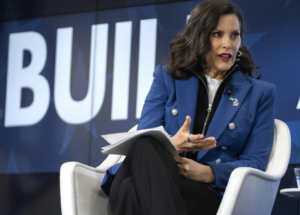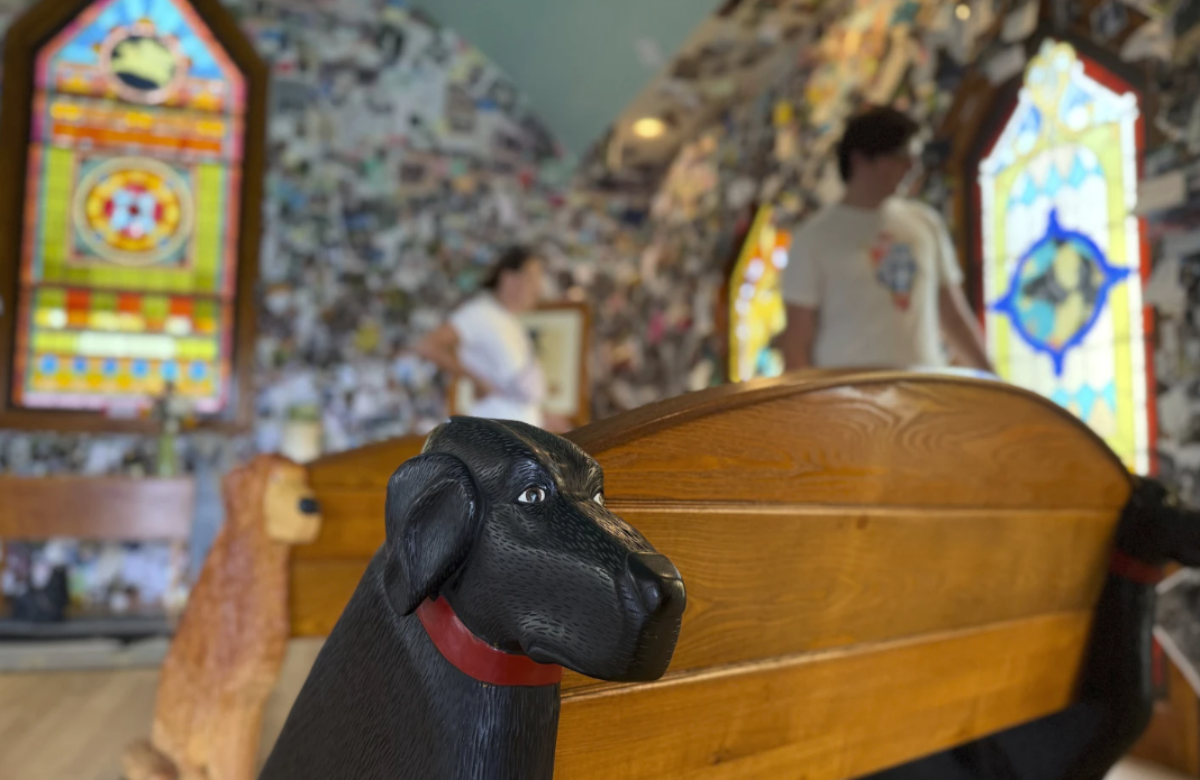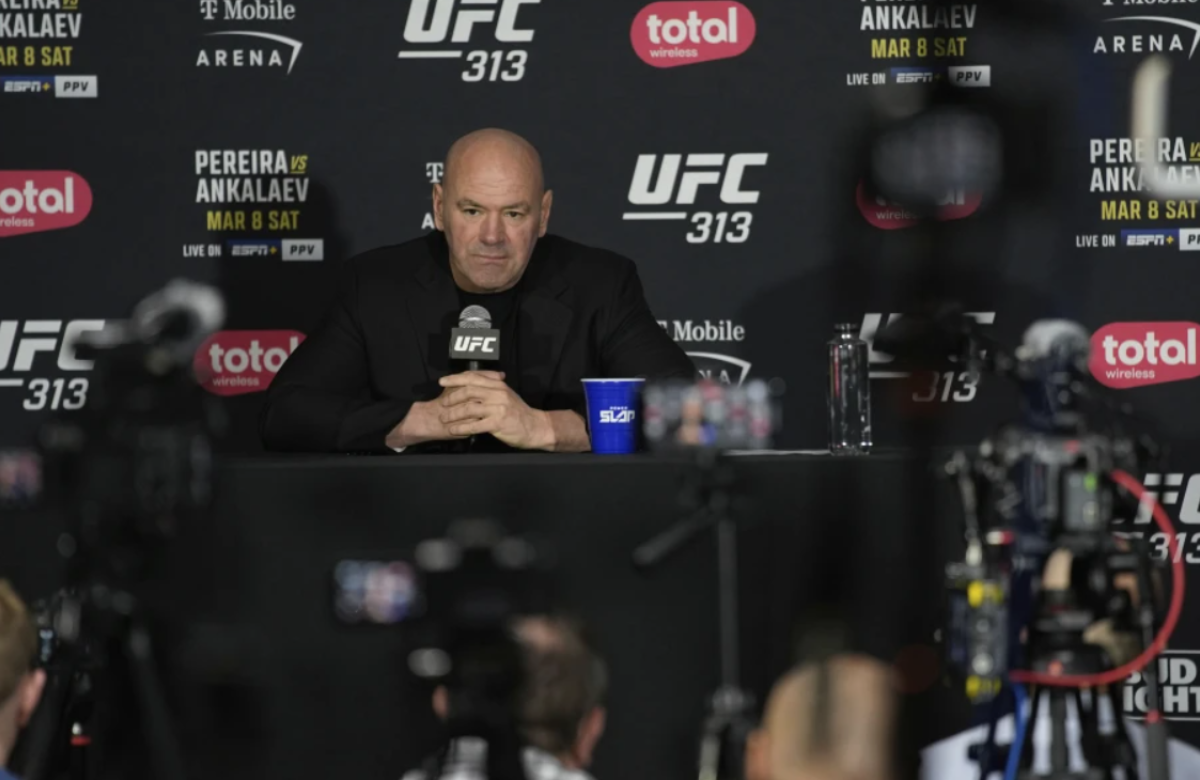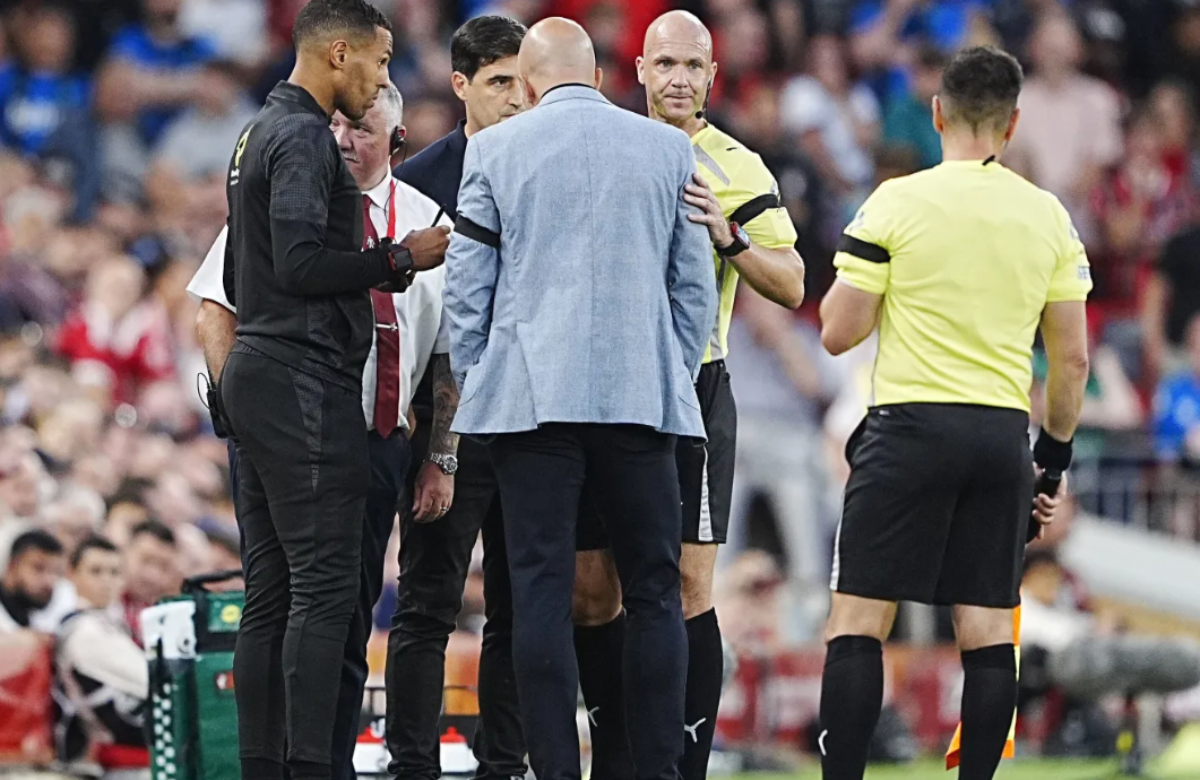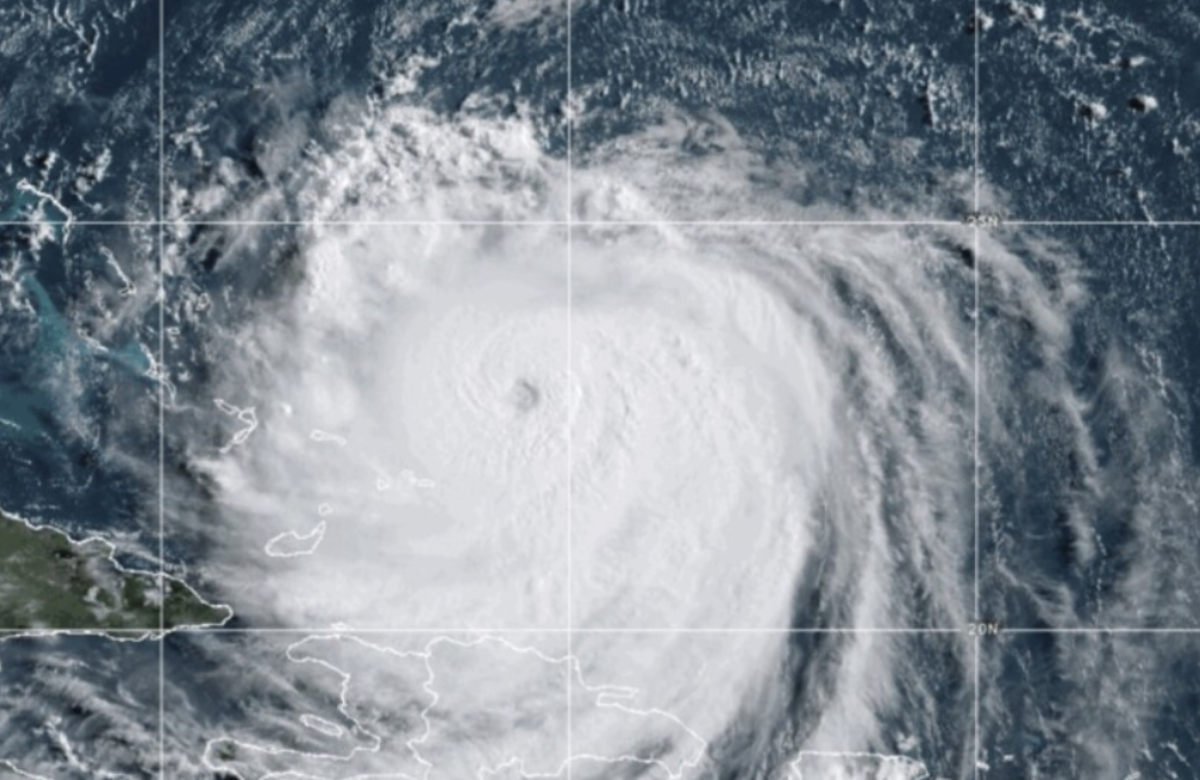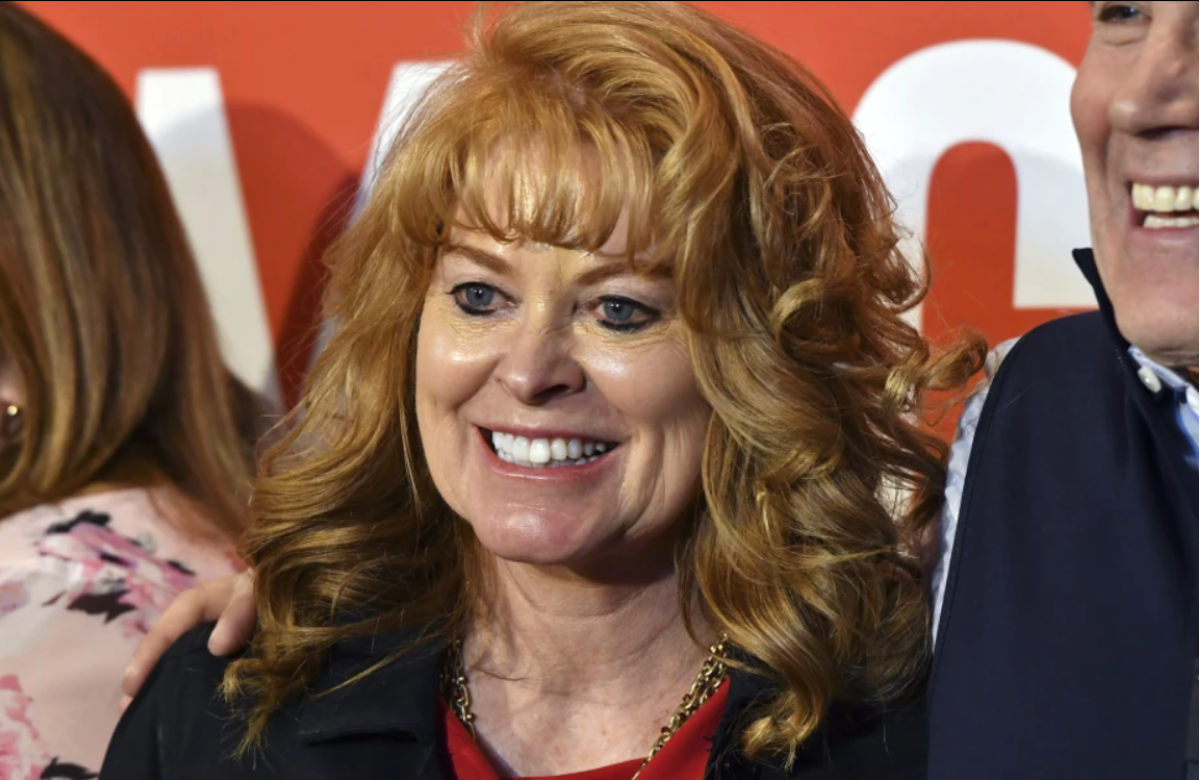Bela Karolyi, the renowned coach who played a pivotal role in shaping the careers of gymnastics legends Nadia Comaneci and Mary Lou Retton, has passed away at the age of 82. Karolyi, who revolutionized the sport of gymnastics, died on Friday, according to confirmation from USA Gymnastics.
Comaneci, who achieved worldwide fame under Karolyi’s coaching with her perfect 10 performance at the 1976 Olympics, paid tribute to him on Instagram. She shared a series of photos, including a black-and-white image of the two walking together in the woods. In her post, she wrote, “A big impact and influence in my life. RIP Bela Karolyi.”
Reflecting on their relationship, Comaneci said, “Almost 50 years ago, he guided me to the historic performance of the first perfect 10 in the Olympics … and that changed my life forever.” Comaneci, who maintained a close bond with Karolyi, highlighted the lasting impact he had on her life and career.
The cause of Bela Karolyi’s death has not been disclosed, though he had struggled with health issues in recent years. Karolyi and his wife, Martha, largely retreated from the public eye after the abuse scandal that shook USA Gymnastics. The scandal centered around former team doctor Larry Nassar, who was convicted of sexually abusing hundreds of young female athletes, including some at training camps held at the Karolyi Ranch.
While the Karolyis denied any knowledge of Nassar’s actions, the scandal prompted broader scrutiny of the sport’s toxic culture. Allegations surfaced that both Bela and Martha Karolyi had been physically and emotionally abusive toward their gymnasts. In 2017, USA Gymnastics severed its ties with the Karolyis by backing out of a deal to purchase the Karolyi Ranch, which had been planned as a training center for the national team. This marked the end of the Karolyis’ direct involvement with the organization.
Dominique Moceanu, one of the most outspoken critics of Bela Karolyi, shared her thoughts on the coach’s passing, acknowledging his profound influence on both her life and the sport of gymnastics. In a social media post, she described Karolyi as a complex figure, one whose strengths and flaws left a lasting impact on those who worked with him.
Moceanu, whose time under Karolyi’s coaching was marked by considerable challenges, reflected on the difficulties of their relationship. “Anyone who has followed my story knows the immense challenges I faced under Bela’s guidance,” she wrote. “His harsh words and critical approach often took a heavy toll on me.” Despite the tension and hardships, Moceanu emphasized that some of those difficult moments ultimately helped shape her and define her own path in the sport.
Bela Karolyi initially gained recognition in his home country of Romania. He and his wife, Martha, were elementary school teachers in Transylvania when they began introducing gymnastics to their students as a way to stay warm during the colder months. Their students’ impressive performances soon captured the attention of the local community and, eventually, the Romanian government. Within a few years, the Karolyis were appointed to lead the national gymnastics team.
Bela Karolyi made a major impact on the sport of gymnastics in 1976 at the Montreal Olympics when he brought a team of young athletes to compete. While most elite female gymnasts at the time were in their late teens or early twenties, Karolyi’s team had only one gymnast over the age of 14. Romania’s performance at the games, where they secured the silver medal, helped establish the idea that gymnastics was a sport for the very young—a notion that would persist for decades.
It was also at these Olympics that Nadia Comaneci captured the world’s attention. The young gymnast, with her striking dark eyes and hair, scored the first-ever perfect 10 in Olympic gymnastics history. Comaneci would go on to achieve this perfect score six more times, ultimately winning three gold medals. After each of her routines, Karolyi was there, celebrating her success with a joyful bear hug.
Bela Karolyi initially earned acclaim in Romania for his team’s success at the 1976 Olympics, but his relationship with the government soured just four years later. After the 1980 Moscow Olympics, Karolyi openly criticized the judging, particularly over what he saw as an injustice to Nadia Comaneci, who he believed had been denied a second gold medal. His outspoken remarks angered Romanian officials, who were deeply concerned about the political fallout and the embarrassment it caused to the Soviet Union, the host country.
In 1981, the Karolyis brought Nadia Comaneci and the Romanian gymnastics team to the United States, where they learned they would likely face arrest if they returned to Romania. Fearing for their safety and future, and with their young daughter still in Romania, the couple made the bold decision to defect. Despite not speaking English, they left their hotel and walked away, choosing to start a new life in the U.S.
In the months that followed, Karolyi took on various menial jobs as he adjusted to life in America. Eventually, he reconnected with people in the U.S. gymnastics community, and before long, he and Martha were coaching again. One of their new athletes was a lively teenager from West Virginia named Mary Lou Retton.
In 1984, Retton made history by becoming the first American woman to win the Olympic all-around title, with Karolyi by her side. He celebrated her victory with his signature exuberance, wrapping her in one of his famous bear hugs.
For the next eight years, the Karolyis dominated U.S. gymnastics coaching, with their athletes consistently at the top. From 1987 to 1992, a Karolyi-trained gymnast claimed every U.S. all-around title, and in 1991, Kim Zmeskal made history by becoming the first American woman to win the World Championships.
After retiring following the 1992 Olympics, the Karolyis returned to coaching ahead of the 1996 Atlanta Games. This time, they guided gymnasts like Dominique Moceanu and Kerri Strug. Strug played a key role in securing the U.S. women’s first-ever team gold medal, famously performing a vault despite a badly sprained ankle. In one of his trademark gestures, Karolyi carried Strug onto the podium to receive her medal.
The Karolyis retired again after the 1996 Atlanta Olympics, but in 1999, USA Gymnastics reached out to Bela Karolyi to help overhaul the U.S. training system, as the American women were falling behind Russia, Romania, and China in international competition.
At the time, the United States lacked a centralized national training center. Instead, gymnasts trained at various top gyms across the country, often leaving home at a young age, and only coming together for international events. Karolyi implemented a semi-centralized system that involved monthly national team training camps. This allowed gymnasts to stay closer to home while receiving elite-level coaching and support from the national team staff, while also fostering stronger bonds of camaraderie among the athletes and coaches—something that had been lacking in previous generations.
However, Karolyi’s larger-than-life personality and his insistence that he had all the answers created tension with both personal coaches and gymnasts at the Sydney Olympics. His tenure as national team coordinator lasted just one year. Martha Karolyi then took over the role, and under her leadership, the U.S. women’s team became a dominant force in international gymnastics.
Despite Bela Karolyi’s penchant for the spotlight, he was willing to step back and allow his wife, Martha Karolyi, to lead the U.S. gymnastics program. While he occasionally offered advice, Bela largely stayed out of the limelight during Martha’s 15-year tenure, choosing instead to focus on maintaining the ranch he cherished, located in the heart of Sam Houston National Forest.
After the 2016 Rio Olympics, Martha Karolyi retired, but the couple had plans to remain involved in the sport by turning the ranch into the national team training center. However, within months, the fallout from the Nassar scandal and the growing criticism of the Karolyis’ coaching methods tarnished their reputation, making them pariahs within the gymnastics community.

